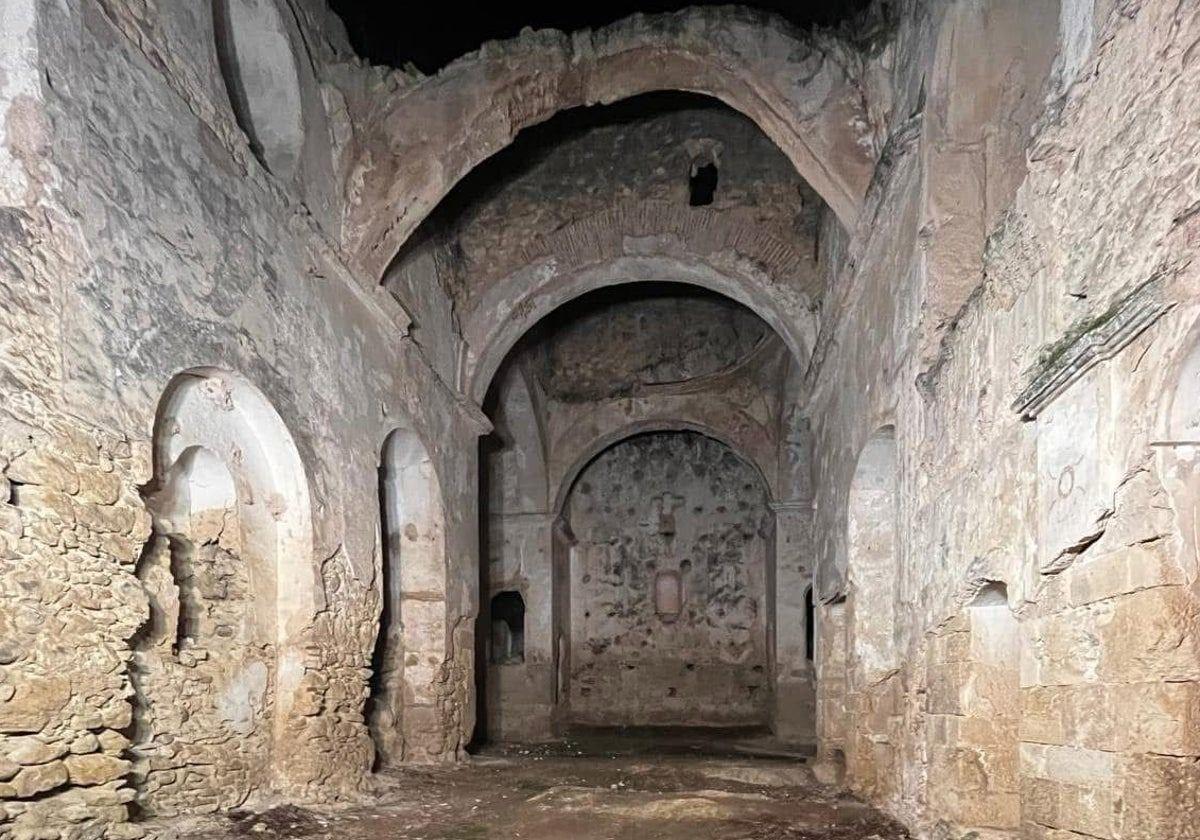The story of a hermit community that lived in the monastery of Villanueva de Algaidas
Secluded in a fertile valley next to the Río Burriana, the members of The Order of Saint Paul lived in spiritual isolation
Julio J. Portabales
Friday, 10 January 2025, 11:09
Nestled in a lush valley on the banks of the Río Burriana, the Convento de Nuestra Señora de la Consolación de las Algaidas hides a story that is inextricably linked to the hermit community which lived in this region long before its construction in the 16th century. In this corner of the village of Villanueva de Algaidas - which at the time was part of Archidona - the land was deserted and dominated by nature. In this barren landscape, the hermits found the perfect refuge for their spiritual retreat. The wealth of nature, dense vegetation and abundance of water offered to these men of faith the ideal conditions for their isolation and their connection with the divine, during a period in which contact with the natural world was synonymous with proximity to God.
As the historian Jonatan Iglesias Sancho explains, the wild characteristics of the area were key to the establishment of this hermit community. "At the time, the forest received a lot of rain, and was filled with lush vegetation and there was plenty of water. The hermits diverted the river to their settlement, creating a water supply," Iglesias says.
This system, although rudimentary, was efficient, allowing them to have constant access to the most valuable resource for independent existence.
This kind of activity reveals how even in their refuge, the hermits depended on their immediate environment, both for survival and to sustain their spiritual life.
Disputes over water
The hermits that established themselves in this region belonged to The Order of St Paul, and were inspired by the teachings of St Paul the Hermit, who is recognised by the Catholic Church as the first hermit to have lived. In their spiritual vocation, these men were looking for an environment where they could dedicate themselves to prayer and meditation. However, the riches of the place did not go unnoticed by the few settlers of the surrounding areas. These inhabitants were drawn to the region in search of water, a vital resource that was particularly scarce at the time.
Soon considerable tensions arose between the hermits and their neighbours. The hermits reported their incursions to the count of the region, arguing that the inhabitants of the surrounding areas were invading their territory and stockpiling the water that they had channelled themselves. The nobleman resolved this conflict with an unequivocal command: the water of the springs was to belong exclusively to the hermits, while their neighbours would be obliged to source their water directly from the Río Burriana. This decision, though beneficial for the hermits, shows the constant fight for resources in a period in which access to water was key for a community's survival.
With the passage of time, the presence of the hermits in this corner of Villanueva de Algaidas left a legacy that would lay the foundations for the subsequent construction of the Convento de Nuestra Señora de la Consolación. This building marked a new chapter in the history of the area, transforming it from a spiritual refuge to the focal point of more organised religious activity.
The memory of the hermits endures in folklore and in the landscape itself, which still shows the impact of that period.
